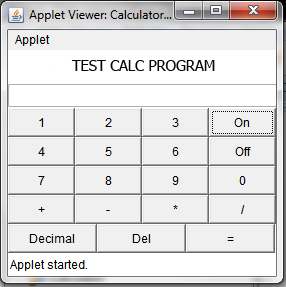..Hi to all...just want to ask..
..I have already created an ideal layout for my calculator..my problem is...I dont know how to insert a value into a field everytime I press a button(0 to 9)..without deleting the previous integer after I press my operator..
..how shall I do so..??..

